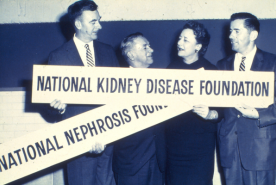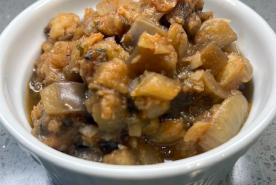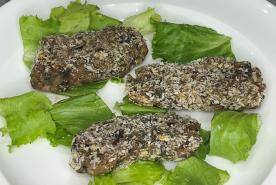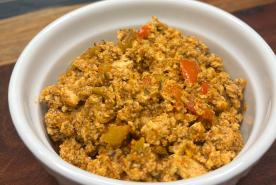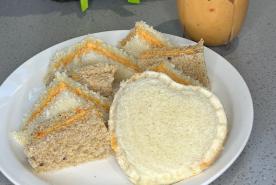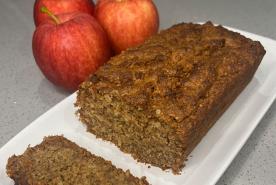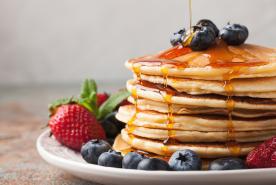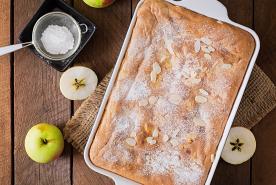August 12, 2014
 What Makes the Foods We Eat Sweet?
What Makes the Foods We Eat Sweet?
Breaking Down Sugar Substitutes
Sugar-free or diet foods, candies, and beverages are often sweetened with sugar substitutes or non-sugar sweeteners. There are different types of sugar substitutes that are used in various foods, chewing gums and even products such as toothpaste and cough drops to give them a “sugary” taste without using sugar. These non-sugar sweeteners are added to products to make them taste sweet and typically result in a lower caloric total, or fewer calories.
Calories are the measurement of food energy that a particular item contains. For example, each gram of fat, protein, and carbohydrate in the foods we eat contains a set amount of calories, or food energy. The total amount of food energy or caloric total per serving of an item comprises the calorie count you see on the top of the nutrition label.
The claim of “sugar-free” typically means that there is no sucrose or table sugar in a particular food item. In general, sugar-free does not mean carbohydrate or fat-free. While often lower calorie than the full-sugar version, sugar-free snacks and treats may still contain carbohydrates and fat, so it’s important to read the nutrition label completely to find out what ingredients are in these items and how these may fit into your dietary plan and nutrition needs. It’s important to compare nutrition labels between different products to determine which is a good fit for you. In some instances you may be better off with a smaller portion of the regular variety of an item that contains sugar than the sugar-free product. It’s all about moderation and portion control, whether consuming full sugar or sugar-free foods.
What is a sugar substitute?
A sugar substitute is a substance used to sweeten foods by mimicking the effect that sugar would otherwise have in that product. Some sugar substitutes are derived from products found in nature, while others are artificial or man-made.
Sugar substitutes and artificial sweeteners have varying levels of sweetness and are sometimes combined to achieve different textures, consistencies and levels of “sweet”. Many sugar substitutes have a concentrated level of sweetness and it takes less of the sweetener than sugar to achieve a similar sweet result.
There are five sugar substitutes that are frequently found in lower calorie foods and beverages. These sweeteners have all been approved by the Food and Drug Administration (FDA) for use in the United States.
Aspartame – Marketed under the brand name(s) NutraSweet and Equal, Aspartame is an odorless, white powder that is made from two amino acids, the building blocks of protein. Aspartame is not very stable when cooked and is not a good sugar substitute in baked goods since under heat it breaks apart into its original amino acids. It is typically used to sweeten diet sodas, such as Diet Coke®, and in sugar-free chewing gum. It is also available as a packaged sweetener to be added to drinks such as coffee and iced tea which are otherwise unsweetened.
Saccharin – is one of the first artificial sweeteners that became available commercially. Saccharin has been criticized for its link to bladder cancer in rats, but the FDA has refuted that connection. Saccharin is typically marketed under the brand names of Sweet'N Low and Sugar Twin. You can bake with saccharin and use it in cooking, but it is sometimes reported to have a slightly bitter aftertaste.
Sucralose – is not sugar, but is derived from sugar molecules that have been selectively modified with atoms of chlorine to prevent the body from being able to absorb it or obtain energy from it during digestion. Because sucralose retains its stability even under high temperatures, it is often used as a baking substitute in place of sugar in recipes. A brand name version of sucralose is Splenda and it is also used as tabletop sweetener. It is also often used to sweeten lower-calorie dairy-based products such as yogurt and ice cream, as well as other frozen desserts. Sucralose is reported to be safe on the kidneys, even for those on dialysis.
Stevia rebaudiana(Rebaudioside A or Reb A) – refers to a South American plant based sweetener that is processed in a similar way as the way sugar is refined from sugar cane and sugar beets. Stevia typically refers to the leaf of this plant which is available as an herbal dietary supplement, while Reb A refers to the compound isolated in the sweetener, or food additive or table top sweetener. This is one of the newer artificial sweeteners on the market and is often referred to as “all natural” based upon its plant source and similar processing to sugar. Some brand names of Stevia-based products include Truvia, PureVia, and SweetLeaf.
Acesulfamepotassium or Acesulfame K — this sweetener is often combined with saccharine or sucralose in diet drinks and sodas to achieve a sweet taste without a slightly bitter aftertaste, that it is reported to have on its own. When Acesulfame K is combined with other non-sugar substitutes it is said to mimic the taste of real sugar. Acesulfame K can be used in baking and is often used in products requiring a longer shelf life. It is not as easily recognized by the brand names, but some companies that market this sugar substitute are Sunett and Sweet One. This substitute is also used by pharmaceutical companies and pharmacies as an additive in chewable and liquid medications to help mask medicinal flavor.

